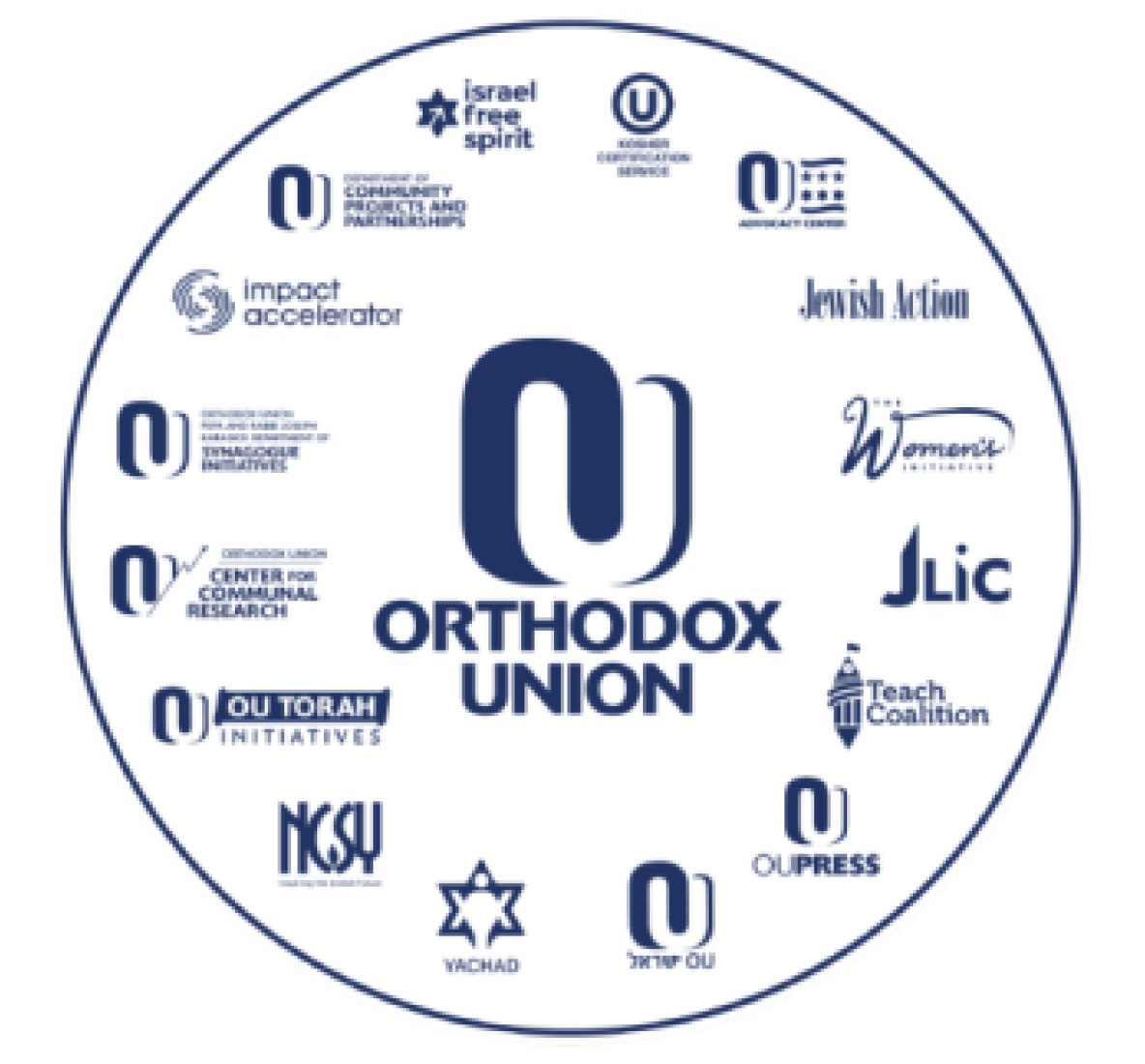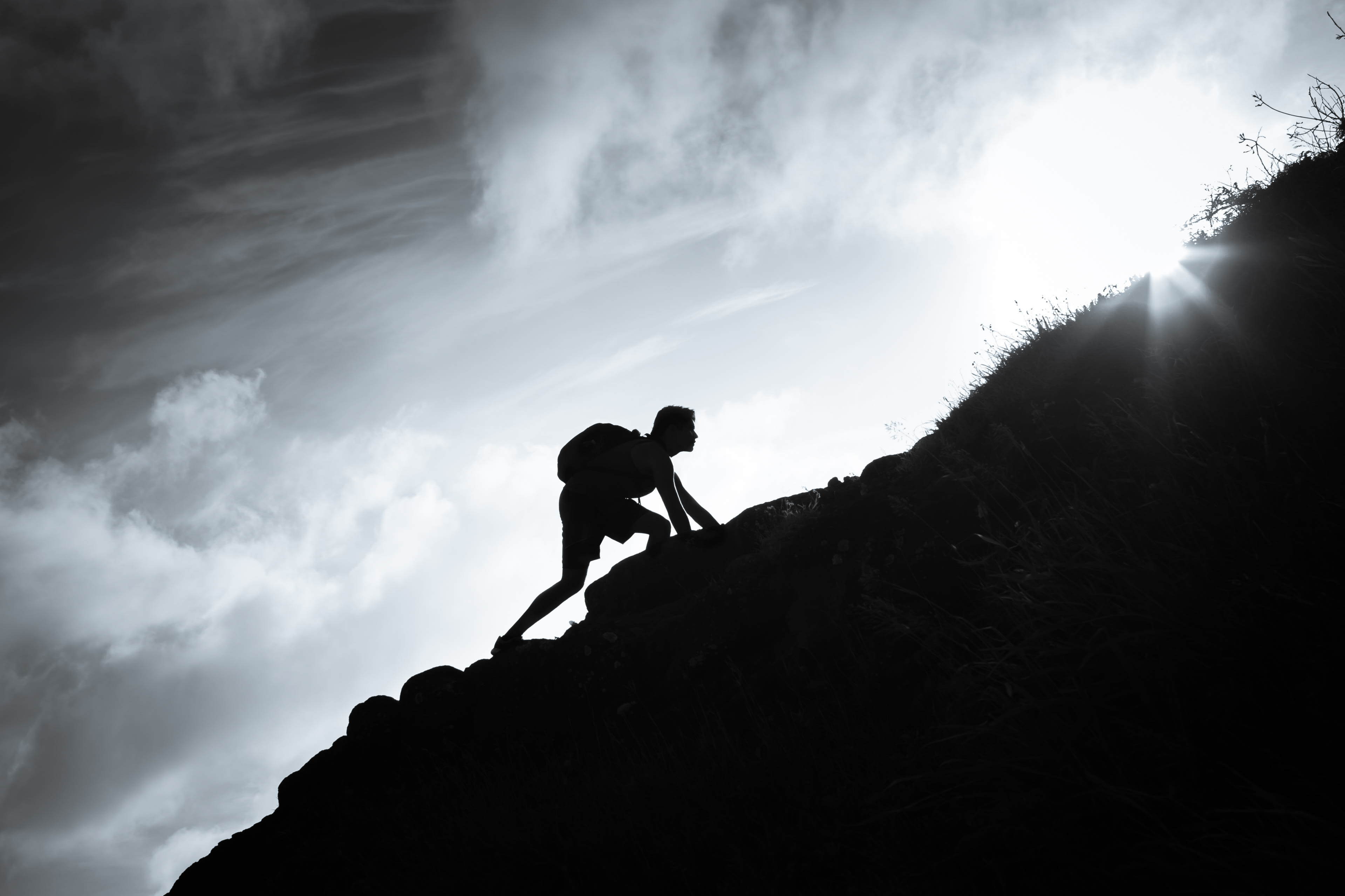A new kind of schedule or rhythm is emerging for our children and for us. Children are Zoom-ing through learning. I sincerely hope that children of all ages with disabilities and/or special needs have the proper support to maximize their growth during this unprecedented time.
Yet a disquiet pervades. It is ubiquitous. It is in all our homes and in food stores and when we are out walking. The concern can be summed up in the following question: Are we ever going to return to “normal?” This question consumes our thoughts. It occupies a lot of real estate in all our heads. It was especially difficult to contemplate this past Sunday when Shabbat day’s weather had been beautiful.
This parsha will not last forever. A lot of patience is necessary. I don’t believe that things will return to the normal we knew prior to Covid-19’s plowing into our lives, wreaking havoc.
It has not been an easy ride. Like other families, my family also misses shul and leining (Torah reading) and answering amen to Kaddish and the socializing after shul. We miss our children and grandchildren. But, thank G-d, we are trying to maximize the circumstances HaShem has given us. We are healthy and functioning and, because challenged to do so, are creating a new reality. Some of us have it easier than others. The tip of the financial impact on our community is only beginning to be revealed. Let’s not forget those among us who have lost loved ones or still have family members in hospitals. Think of the families that sat down to the sedarim having just gotten up from shiva for a spouse and parent or, G-d forbid, a child. The pain is unfathomable.
We all share a desire to move on, or at least, those who spent the sedarim alone. We want to leave our homes and resume some semblance of social interaction as we knew it.
It is not quite time to do so.
Why?
Join me for a brief history lesson about the Spanish flu pandemic of 1918-19. It teaches us important information about “reawakening” society and why we should be cautious about lifting restrictions too soon.
On November 21, 1918, because restrictions due to the pandemic had been lifted, the residents of San Francisco left their homes and flooded the city’s streets in celebration. Unfortunately, three weeks later, they learned the restrictions had been lifted too soon and had to be re-invoked. What happened?
People resumed mingling and socializing without any thought or planning to phasing in “normalcy.” As a result, the city experienced a resurgence of the disease. Tragically, people became sick and many died. One day during the first week of 1919, there were 600 new Spanish flu cases in one day! Restrictions were reimposed, including a new ordinance reenacting wearing masks which was promulgated on January 17, 1919. (San Francisco was the first city to use face masks. On October 25, 1918, every resident and visitor was required to wear a mask while in public or when in a group of two people or more.) San Francisco was one of 43 cities in the United States that experienced this disease resurgence phenomenon.
On the other hand, Los Angeles implemented strict social distancing (school closures, home quarantines and bans on public gatherings) and face coverings about one week before San Francisco and kept those measures in place for several weeks longer. It briefly reopened and then experienced a sharp upward trend, especially among children. Municipal resources were quickly and completely refocused on re-quarantining and keeping people indoors.
Some people did not accept these restrictions, especially when they were reimposed. Theater owners protested against what they believed was unfair treatment as some theaters were shuttered for up to six months. There were legal challenges from several churches. Inspectors, many of whom were veterans who returned home from World War I, visited homes and other places to assure adherence. In the December 14th issue of the Los Angeles Times, a reporter wrote, “Study the regulations. This is a real war.”
The city of Los Angeles had formed a working committee of health, education and business leaders to address the pandemic. This committee developed and maintained the restrictions while also planning for the reawakening of society. Its strong connection with the Health Committee and the Board of Education led to working with physicians who inspected students and teachers as each school prepared individually to reopen. This working relationship allowed the first five of the 230 Los Angeles schools to reopen on January 9, 1919; the last school reopened on February 3rd.
Alex Navarro, assistant director of the Center for the History of Medicine at the University of Michigan, underscores that L.A. and other cities in the 1918-19 Spanish flu pandemic that instituted “early, sustained and layered” practices such as social distancing, closing public events and stay-at-home orders – all non-pharmacological interventions — fared better than those that resumed “normalcy” quickly. The proof is in the following statistic: Los Angeles had 494 deaths per 100,000 people; San Francisco 673 deaths per 100,000.
What is the takeaway for us?
This is not the time to let up on social distancing. We must remain with our immediate family members only. We should keep to a minimum going to stores and other places. When we are out, we should wear gloves and masks. (Please put on new gloves when entering a food store and then dispose of them after exiting.) Whenever entering your home, leave your shoes in the entryway. When chatting with people in person, we should sit/stand a minimum of 6 feet apart. because we want them to be alive and well.
History proves that social distancing works.
Earlier this week, the Swedish Ambassador to the United States announced that his country expects the city of Stockholm to achieve herd immunity in May. Herd immunity means the majority of a given population has become immune to an infectious disease by either recovering from it or through vaccination. Some researchers have put the threshold for Covid-19 immunity at 60% in some areas.
But there is a problem – There is no scientific proof that people who have had Covid-19 and recovered from it are actually protected from a second Covid infection.
This sobering fact should make us want to slow down and maintain the precautions longer.
This is also why I believe that visiting Bubbe and Zayde should NOT happen. Period. It’s not because I’m an ogre. I’m not. Promise. I love and venerate older people and quote my beloved grandmother Nadja AH when appropriate. And I am a proud grandfather.
Yet no matter how painful to all, stay away. We must protect them. Call them. Face Time. Today’s grandparents and great-grandparents are a cool, new breed – They might even have Zoom. If they don’t, then make it happen for them. There are drive-bys. We want Bubbe and Zayde to live, be well and with us for their full 120 years.
How can we get through these next weeks?
It’s spring time (at least on the calendar). As the weather allows, go outside. Children of different families can bicycle together in groups of 2-3 provided they wear masks and maintain distance. Don’t forget the helmets please.
Honestly, there are no easy solutions here.
With our collective efforts AND HaShem’s help, we can only hope to have camp in the summer. Children can then resume and experience a new but somewhat normal lifestyle.
Appreciate what you have – and be sure to thank HaShem and the people in your life.
Men: A reminder that Mother’s Day is next weekend. You really have to step up your game this year.
As always, daven.
The words of this author reflect his/her own opinions and do not necessarily represent the official position of the Orthodox Union.



